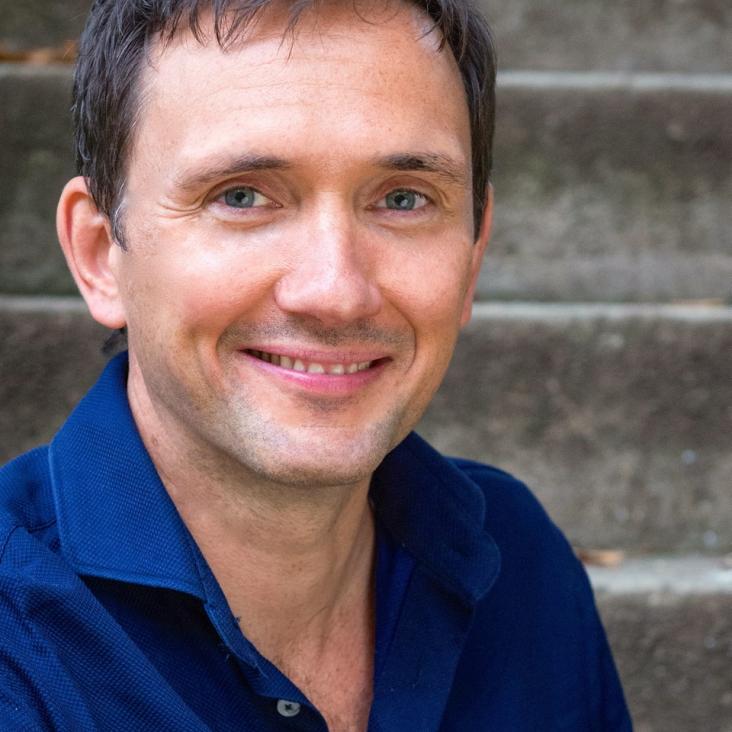Interplay between hydrodynamic and Brownian fluctuations in sedimenting colloidal suspensions
PHYSICAL REVIEW E 77:1 (2008) ARTN 011402
The interplay between hydrodynamic and Brownian fluctuations in sedimenting colloidal suspensions
(2007)
Reversible self-assembly of patchy particles into monodisperse icosahedral clusters.
J Chem Phys 127:8 (2007) 085106
Abstract:
We systematically study the design of simple patchy sphere models that reversibly self-assemble into monodisperse icosahedral clusters. We find that the optimal patch width is a compromise between structural specificity (the patches must be narrow enough to energetically select the desired clusters) and kinetic accessibility (they must be sufficiently wide to avoid kinetic traps). Similarly, for good yields the temperature must be low enough for the clusters to be thermodynamically stable, but the clusters must also have enough thermal energy to allow incorrectly formed bonds to be broken. Ordered clusters can form through a number of different dynamic pathways, including direct nucleation and indirect pathways involving large disordered intermediates. The latter pathway is related to a reentrant liquid-to-gas transition that occurs for intermediate patch widths upon lowering the temperature. We also find that the assembly process is robust to inaccurate patch placement up to a certain threshold and that it is possible to replace the five discrete patches with a single ring patch with no significant loss in yield.Controlling crystallization and its absence: proteins, colloids and patchy models.
Phys Chem Chem Phys 9:18 (2007) 2197-2205
Abstract:
The ability to control the crystallization behaviour (including its absence) of particles, be they biomolecules such as globular proteins, inorganic colloids, nanoparticles, or metal atoms in an alloy, is of both fundamental and technological importance. Much can be learnt from the exquisite control that biological systems exert over the behaviour of proteins, where protein crystallization and aggregation are generally suppressed, but where in particular instances complex crystalline assemblies can be formed that have a functional purpose. We also explore the insights that can be obtained from computational modelling, focussing on the subtle interplay between the interparticle interactions, the preferred local order and the resulting crystallization kinetics. In particular, we highlight the role played by "frustration", where there is an incompatibility between the preferred local order and the global crystalline order, using examples from atomic glass formers and model anisotropic particles.Phase diagram of model anisotropic particles with octahedral symmetry
ArXiv 0706.0650 (2007)


